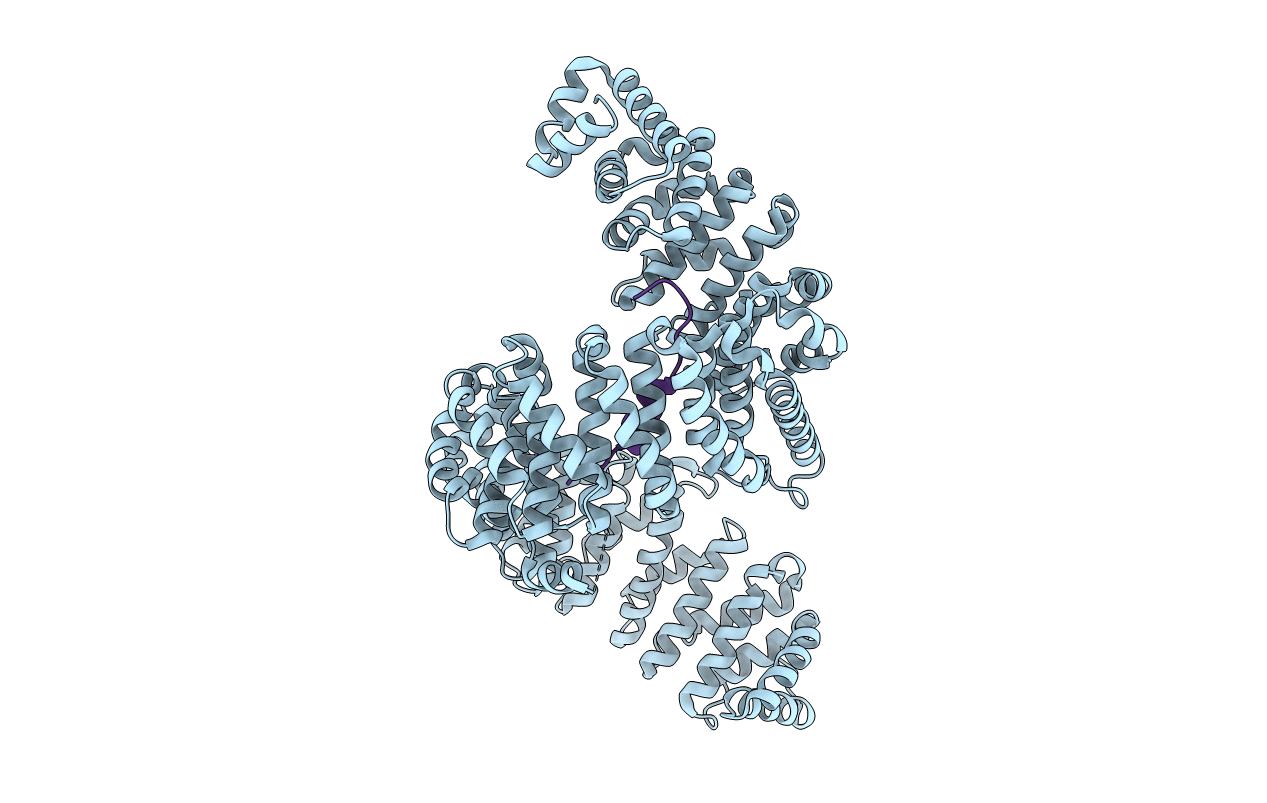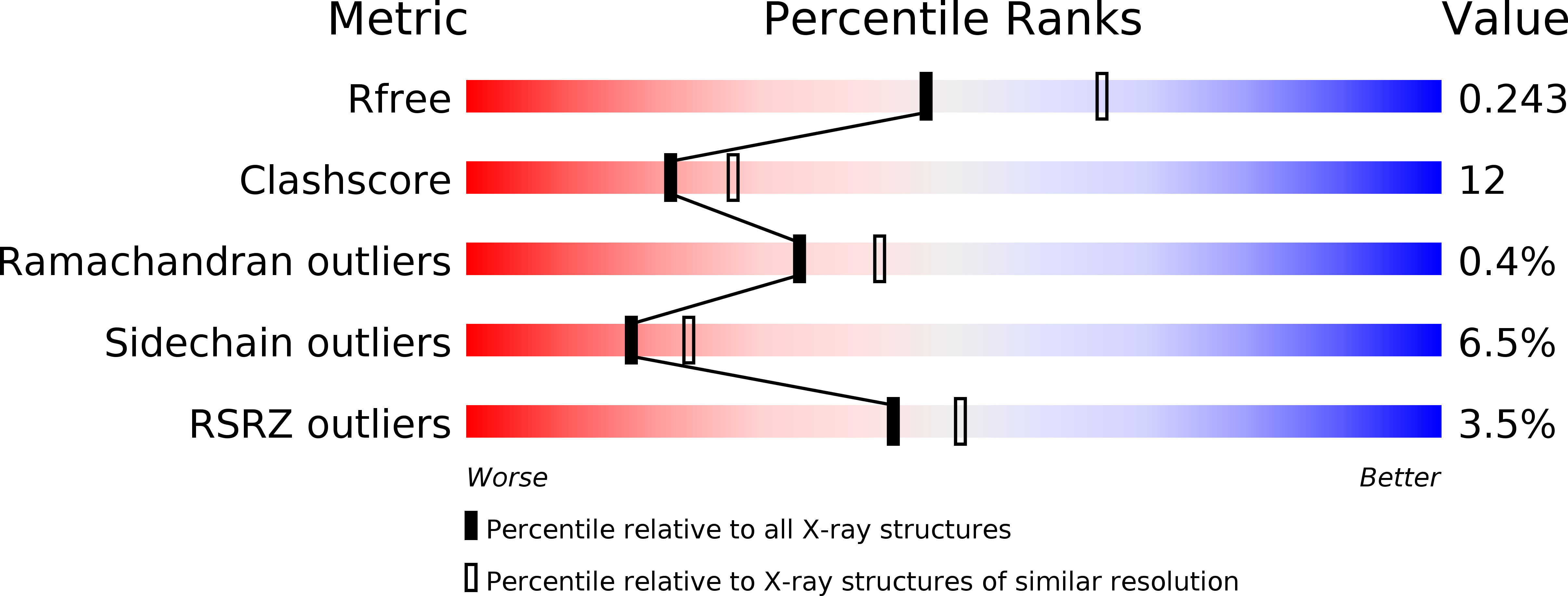
Deposition Date
2012-05-28
Release Date
2012-07-18
Last Version Date
2024-02-28
Method Details:
Experimental Method:
Resolution:
2.30 Å
R-Value Free:
0.24
R-Value Work:
0.20
R-Value Observed:
0.28
Space Group:
P 21 21 2


